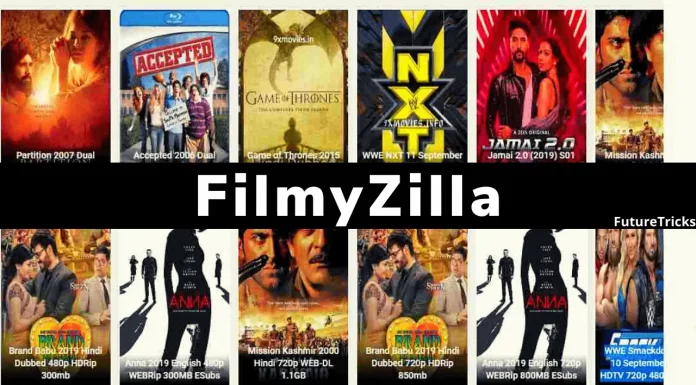Did you know that in the United States last year, 83% of people interested in continuing education opportunities took an online course? Or that 68% of your learning audience is over the age of 40? There is quite a significant mindset shift happening in online education, yet many organizations find themselves stuck in an old way of thinking about how to deliver knowledge. The world, the mobility of people and information is changing.
At http://www.inreachce.com/, a provider of continuing education solutions, recently conducted a survey (see image at the end of the article) to discover the wishes and preferences of online students. More than 5,000 professionals participating in online continuing education programs were surveyed. In the results, the key factors that make up a successful online program can be identified, knowing that the most important thing is its clients, that is, the students.
Who is your audience?
When it comes to providing any type of education whether online and/or in person , you need to keep in mind that your audience comes first. For years, online education companies have operated under the assumption that young professionals are the ones taking online courses and that older generations prefer to attend in-person classes. This is totally false. The percentage of the public under 40 years of age in the United States who are taking virtual courses is only 32%.
What do students want?
The content and information that is presented to future students, that is, that presentation information to the course that is done before enrolling, is looked at conscientiously by 78% of the people who enroll in the course; It is very important to put detailed information on the prerequisites, the general objectives, specific objectives, what skills and knowledge the student will acquire. 80% of those surveyed give this information their main priority and think that it is decisive in choosing the course they are going to take.
66% percent think that the quality of the content generated by the teacher is of vital importance, it is even more important than the information itself, that is: clear and understandable sound; explanatory and clear video; images in good resolution; Structured and well-organized presentations.
80% of students, especially those under 40, are less concerned about the price of the course, more interested in content and quality. That does not mean that the price is irrelevant, but they know that good content, and therefore good knowledge, must cost time and effort.
There is a change of mentality…
Only 33% of students surveyed think face-to-face education works better than virtual.
In the past, people who received face-to-face education were forced to travel long distances to receive a conference, diploma, etc. If it was a small course, it lasted one day and many times they felt that it was not worth traveling so much distance, spending so much money and time for a course that was so short or had so little content. To combat this, many universities, academies and/or institutions decided to adopt virtual education platforms. In fact, 83% of people interested in continuing education took at least one online course in 2013.
This study showed that students obviously prefer virtual to face-to-face, regardless of age. These are the main reason:
For all ages, convenience is key: registration and displacement of face-to-face classes discourage students from continuing with the course. On the other hand, conferences and transmissions by Streaming and / or Wiki-type Forums create easier interaction processes, as well as Podcasts are gaining popularity among students, only online, 42% of students prefer to learn by audio classes, to go to a face-to-face class.
The understanding of these new interactions and preferences are of vital importance to be able to adopt them; seeking education programs that are focused on effective learning. This leaves two questions: How well do you know your students and their needs? And, are you prepared to meet their expectations? If you know the answers, you are part of the forefront of education, of the new education, that is, of virtual education.















